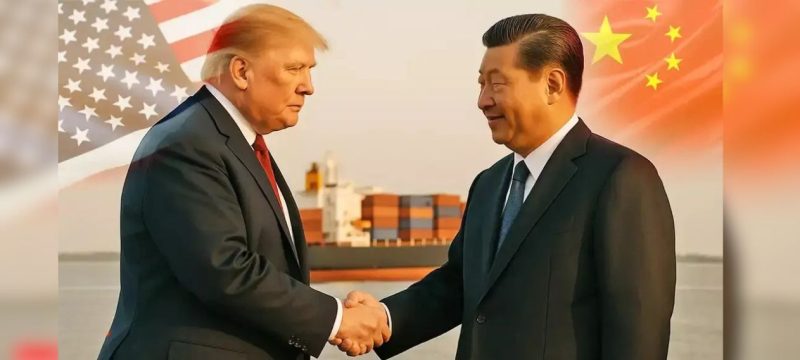Global stock markets surged on Monday following an agreement between the United States and China to temporarily ease tensions in their prolonged trade dispute, with tariffs being reduced for 90 days. While this pause was seen as a positive development by investors, many analysts expressed caution as key issues remain unresolved.
The agreement, finalized during talks in Geneva, involves the US cutting tariffs on Chinese goods from 145% to 30%, while China will lower its duties from 125% to 10%. This temporary de-escalation aims to address a trade conflict that has disrupted nearly $600 billion in bilateral trade.
Read more: US and China Reach Agreement to Lower Tariffs and Pause Trade Dispute for 90 Days
Despite the positive reaction from Wall Street, where major indices saw strong gains, experts warned that this truce does not tackle the core issues such as trade imbalances, intellectual property protections, and access to markets.
US President Donald Trump celebrated the deal as a “win-win,” asserting it would benefit both countries. However, senior US officials acknowledged that a lasting resolution would take years. China also softened its rhetoric, emphasizing the potential for continued economic cooperation.
While businesses welcomed the reprieve, there was concern about the uncertainty surrounding the future of tariffs, with some retailers and manufacturers hesitant to make long-term plans. The tariff reduction is expected to have political ramifications, particularly for Trump’s 2024 re-election campaign, which focuses on revitalizing US manufacturing and confronting China. Despite the optimism, significant challenges remain, including unresolved tariffs on products like electric vehicles and solar products, which continue to affect trade flows between the two nations.
Both countries have committed to further negotiations, but it remains uncertain whether these talks will lead to a more permanent resolution or if the trade war will flare up again once the 90-day period ends.









